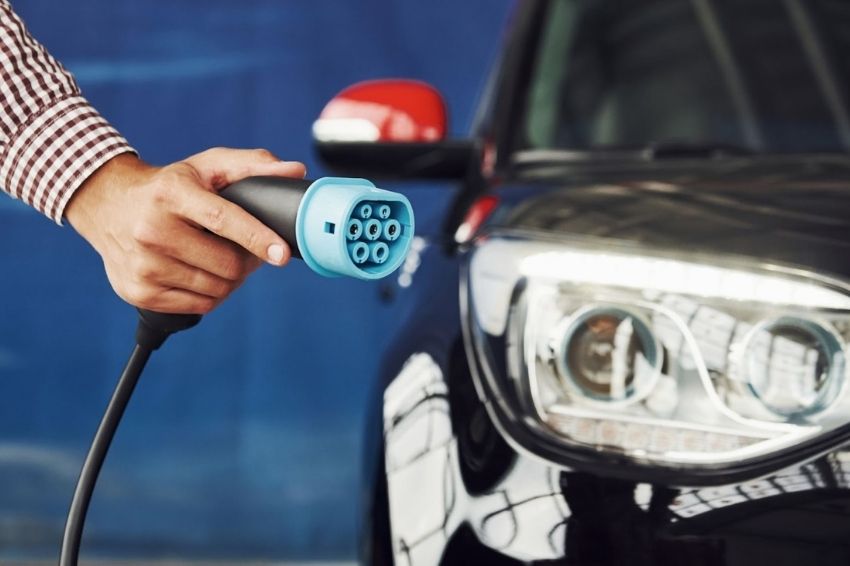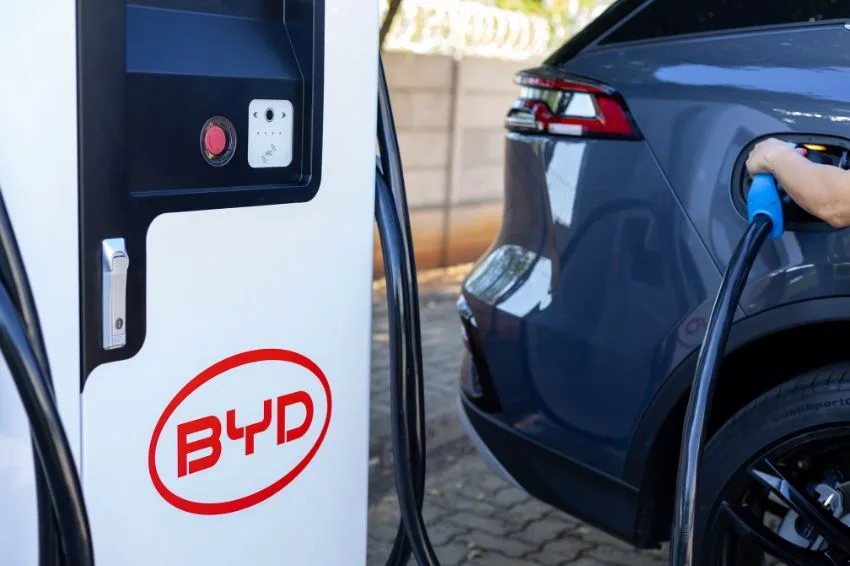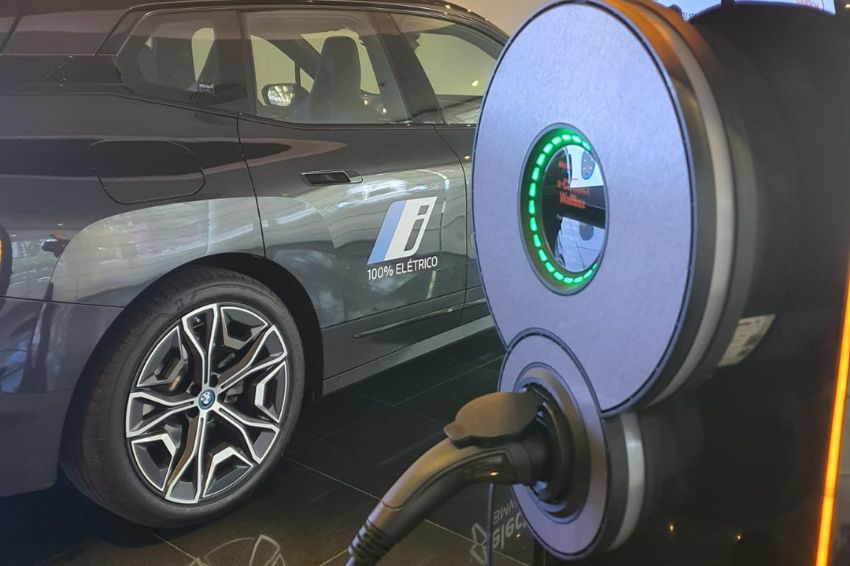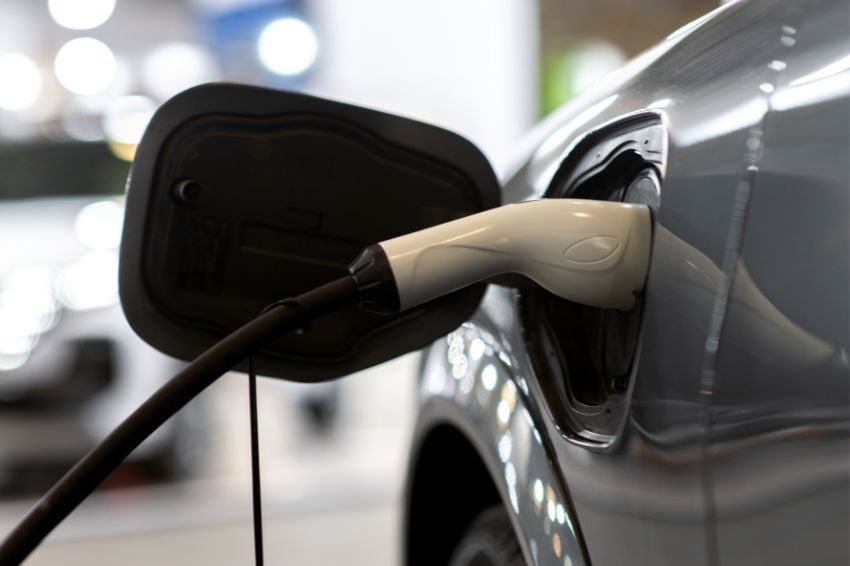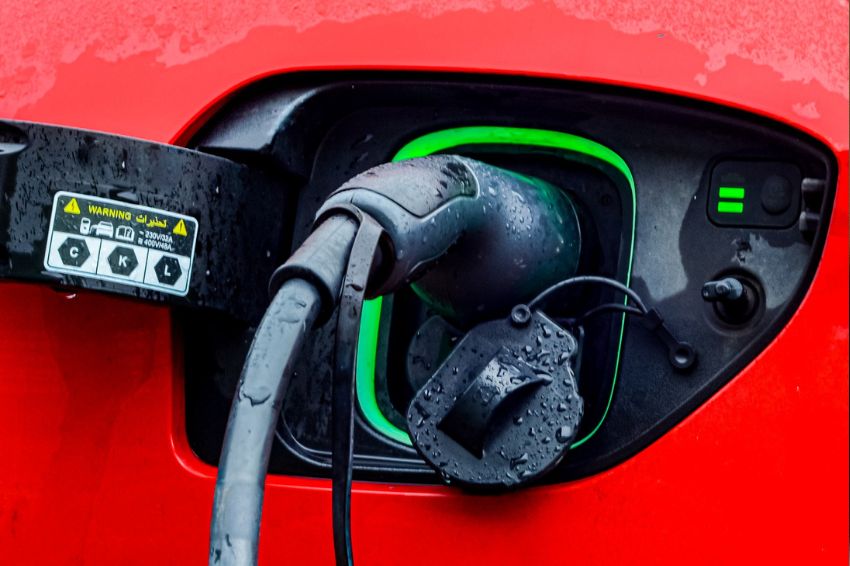The market for EVs (electric vehicles) is maintained and is accelerating around the world, mainly based on relative savings when compared to alternatives with internal combustion engines.
According to the Electric Vehicle Outlook study carried out by BNEF (BloombergNEF), the “segment is expected to grow more than ever”. The company estimates that EVs will represent a market opportunity of US$7 trillion by 2030 and US$46 trillion by 2050.
However, the consultancy made a reservation: to promote electrified cars, governments that aim for carbon neutrality must adopt decisive policies on all fronts.
Among the necessary actions, BNEF highlighted the expansion of charging networks, encouraging battery recycling and new regulations on heavy trucks – in addition to promoting active transport alternatives, such as cycling and walking.
In the economic transition scenario – which does not consider additional policy measures – global sales of carbon-neutral vehicles would rise from 4% in 2020 to 70% in 2040.
Countries like China, the United States and European economies are ahead of these numbers. However, according to research, lower levels of adoption in emerging economies reduce the global average.
In the case of electric buses, for example, sales would rise to 83% in 2040. In the same period, light commercial vehicles would increase their market share from 1% today to 60%. Medium and heavy commercial vehicles should reach just over 30% – rising from practically zero today.
“The growth of electric transport so far has been a success story and the future of the EV market is bright. However, there are still more than 1.2 billion internal combustion cars on the road and the fleet transition is slow,” said Colin McKerracher, head of BNEF’s Advanced Transport team.
“Achieving carbon neutrality by mid-century will require 'all hands on deck', particularly with regard to trucks and other heavy commercial vehicles, segments in which the transition has not yet begun,” he highlighted.
Road transport
In the BloombergNEF report, a carbon neutrality scenario for the road transport sector was also added.
The survey shows that electric passenger cars, for example, would have to reach almost 60% of global sales in their segment by 2030, not 34% as in the economic transition scenario – that is, 55 million EVs sold that year instead of 32 million.
“The year 2030 is just two model update cycles away for automakers. Therefore, very soon, it will be necessary to provide policy certainty to enable investments to achieve a higher penetration rate”, commented McKerracher.
For the expert, this is particularly true for countries that do not yet have stricter standards for CO₂ emissions, or for fuel economy. “Early adoption is vital for infrastructure building and broader consumer interest.”
According to Nikolas Soulpoulos, head of BNEF's Commercial Transport team, policymakers need to take urgent action in the heavy truck segment, which is “off the road” to carbon neutrality.
“In addition to introducing stricter standards for CO₂ emissions, or for fuel economy for trucks, it may be necessary for governments to consider implementing decrees for the decarbonization of fleets,” he reported.
“Other than that, governments should consider incentives to boost freight on smaller trucks, which can transition to electricity more quickly than larger ones,” the analyst added.
Implications for investments
Another point highlighted by Electric Vehicle Outlook is that for the EVs represent a global market opportunity for US$ 46 trillion by 2050 – under the economic transition scenario – the charging network needs to reach more than 309 million chargers across all locations by 2040.
Domestic chargers alone would have to reach 270 million; public ones, 24 million; chargers at workplaces, 12 million; and for buses and trucks, 4 million. To install all of these, more than US$58 billion in accumulated investment over the next two decades would be required.
The electricity used to charge eletric cars on the road would add 9% to global demand by 2040. According to BNEF estimates, most of the additional demand for energy worldwide in the coming decades will be met by building renewable capacity.
Lithium-Ion Batteries
The BNEF report further indicated that demand for lithium-ion batteries for EVs is expected to increase sharply, from 269 GWh in 2021 to 2.6 TWh per year by 2030 and 4.5 TWh by 2035.
Under the economic transition scenario, demand for metals used in batteries, such as lithium, cobalt, nickel and manganese, is also expected to “explode”. However, more investment will be needed, both in mining and refining.
Know more: Lithium battery price expected to fall 68% by 2050
Furthermore, for BloomberNEF, recycling the metals used in batteries is a fundamental factor in making storage projects viable. Without recycling, the study points out that the accumulated demand for lithium by 2050 will exceed currently known reserves.


